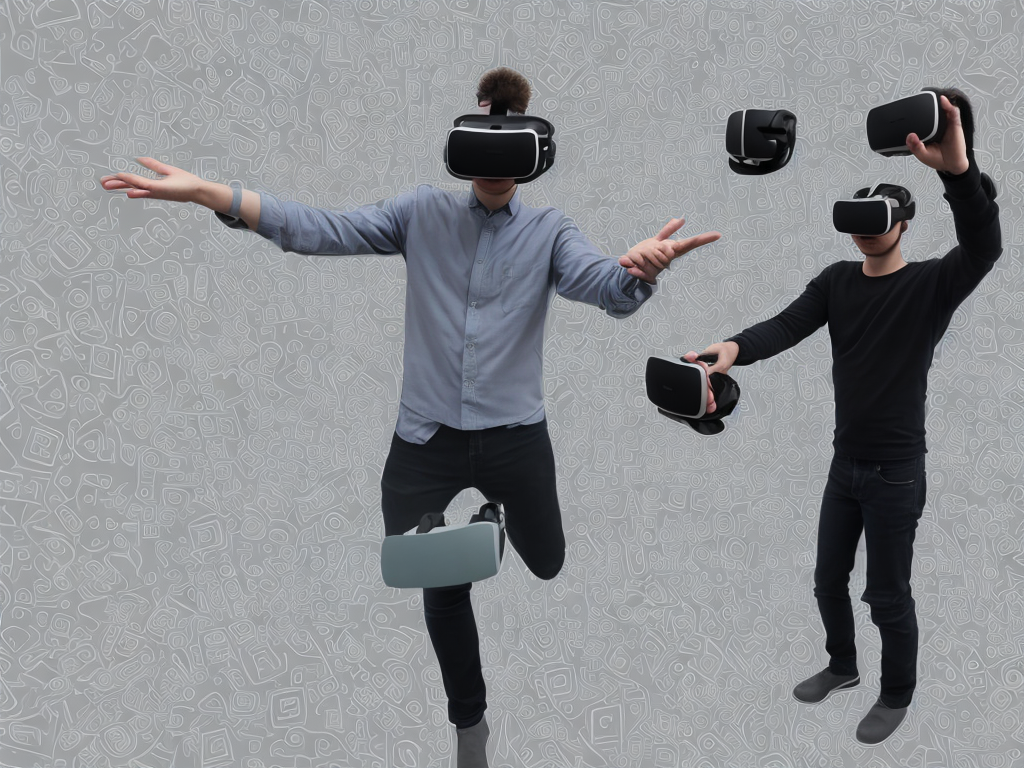
Technology is constantly evolving and changing the way we experience the world. Two innovative technologies that have gained immense popularity in recent years are augmented reality (AR) and virtual reality (VR). Although the two terms are often used interchangeably, they have distinct differences that set them apart.
What is Augmented Reality?
AR is a technology that superimposes computer-generated images on a user's view of the real world. It typically involves using a smartphone or tablet camera to scan a real-world object and then overlaying digital content onto it. The digital content can include anything from text to images and videos. AR can be experienced through various devices such as smartphones, tablets, and smart glasses.
One of the most commonly known examples of AR is Pokémon Go, a mobile game that uses a combination of GPS and AR to allow players to catch virtual creatures in real-world environments using their smartphones.
Another example of AR is IKEA's AR app, which lets customers overlay digitally rendered furniture into real-world environments. This allows customers to see how the furniture would look in their homes before making a purchase.
What is Virtual Reality?
VR, on the other hand, is a technology that immerses users in a simulated environment, giving them the impression that they are experiencing a different world. VR typically involves using a headset with a screen or displays that wrap around the user’s eyes, blocking out the real world and replacing it with a virtual one.
VR experiences can range from gaming to education, and even training simulations, allowing users to experience situations that would be too dangerous or expensive to replicate in real life.
A popular example of VR is the Oculus Rift, a VR headset that was created for gaming but has since been used for a variety of applications, from training simulations to medical treatments.
Differences Between AR and VR
One of the main differences between AR and VR is the level of immersion. While AR overlays digital content onto the real world, VR creates an entirely new environment for the user to experience. AR is more integrated with reality, while VR is completely detached from it.
Another difference between the two technologies is the level of interactivity. In AR, users can interact with the real world and the digital content that is overlaid on it. For example, customers using IKEA's AR app can move around the rendered furniture to see what it would look like from different angles and in different locations.
In VR experiences, users can often interact with the virtual environment around them, but not with the real world. VR experiences are typically more immersive and require users to move around and interact with objects in the virtual environment to progress through the experience.
Moreover, VR technology requires a special headset while AR experiences can be accessed through a smartphone or tablet. This difference in accessibility means that AR technology is more widely adopted and used in everyday life, while VR is mostly used for specific applications like gaming, education, or medical training.
It's worth noting that both AR and VR are still in the early stages of development, and there is no clear winner between the two technologies. While AR is currently more practical and widely adopted, VR offers a more immersive experience, making it better suited for specific applications.
Conclusion
In conclusion, AR and VR are two innovative technologies that are changing the way we experience the world. AR overlays digital content onto the real world, while VR creates an entirely new environment for the user to experience.
Although the two technologies share many similarities, they have distinct differences that set them apart. VR is more immersive and interactive, but less integrated with reality, while AR is more integrated with reality and accessible through everyday devices like smartphones and tablets.
Both technologies are still in the early stages of development, and it will be interesting to see how they evolve and change in the years to come. Ultimately, whether to use AR or VR depends on the application and the experience that needs to be created.
 Self-Instruct
Self-Instruct